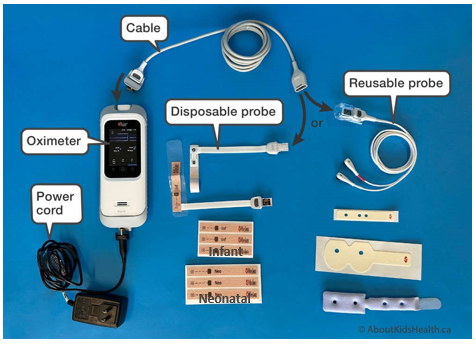HINT: How do I perform Clean Intermittent Catheterization (CIC) for kids in home and community?
Connected Care Quick Hits are up to date and evidence based recommendations for the care of children with medical complexity & technology dependence, from hospital to home.
HINT: How do I perform Clean Intermittent Catheterization (CIC) for kids in home and community?
SITUATION:
This Quick Hit was informed by education requests from home and community care providers on current best practices for performing Clean Intermittent Catheterization (CIC).
BACKGROUND:
Children with medical complexity may experience urinary retention that poses a risk for reflux of urine back up from the bladder and ureters resulting in kidney infections, scar tissue, and cell damage.
CIC is the technique for using a catheter to drain urine from a child's bladder when a child is unable to empty their bladder on their own, experience frequent leaking from their bladder, or those who develop high pressure in their bladder.
Urinary catheterization is often scheduled as an activity of living, sometimes required several times per day. In the home and community setting, urinary catheterization is typically completed as a clean technique rather than an aseptic technique.
ASSESSMENT:
When caring for a child who requires CIC, check the nursing orders for the frequency of catheterization and the catheter size.
While there is variability depending on the child’s unique needs, recommended frequency of CIC is 4-6 times per day and not going longer than eight hours without doing CIC at night.
Catheter size will depend on the child’s size and unique anatomy, but generally the following guides the recommended catheter size based on a child’s age, stage, and weight:
Consider factors which could impact safety and comfort with urinary catheterization, such as history of hematuria, ureter discharge, inflammation of the genito-urinary tract, trauma to pelvis/abdomen, recent surgery of the lower urinary tract, or previous difficult catheterizations. Discuss these with the child’s family caregiver or point-of-care clinical team for guidance.
Prior to performing a CIC, familiarize yourself with the procedure, don the recommended Personal Protective Equipment for routine practices, and prepare the following supplies:
Urinary catheter
Lubricant jelly (e.g., Muko or K-Y jelly)
Soap and water
Wash cloth or wipes
Clean, dry towel
Urine collection container, if desired (or catheter can drain into the toilet)
Catheter storage container or bag
White vinegar or a pot of water (for sterilization)
RECOMMENDATION:
Connected Care recommends the following and offers some tips in promoting safety and comfort with CIC.
Doing the procedure:
Clean the perineal area using a wash cloth with soap and water prior to urinary catheterization.
During catheter insertion, there may be some resistance at the sphincter, which acts like a door to the bladder. Encourage the child to breathe slowly and relax their muscles so that the catheter can pass the sphincter.
If resistance is met, do not force catheter advancement as this may lead to trauma or curling of the catheter. Stop and notify the physician.
Be patient and allow all urine to drain into the toilet or container.
Assess the colour, smell, and clarity of the urine for signs of infection (e.g., cloudy, foul smelling) and seek medical attention if appropriate. See this About Kids Health article for more information about urinary tract infection.
Managing supplies:
Keeping the catheters clean and germ-free will help prevent urinary tract infections.
If the catheter falls on the floor or is otherwise visibly soiled, use another one.
Catheters are to be cleaned after each use AND sterilized once per day.
Sterilize the catheters daily by boiling in water for about 10 minutes OR soaking in a solution of about 1 cup of white vinegar and about 4 cups of room temperature water for about 30 minutes (ensure the catheters are covered by the solution).
The same catheter can be cleaned and reused for about a week unless it becomes rough, stiff, cracked, or damaged in any way.
See these About Kids Health articles for step-by-step instructions:
CIC for boys and CIC for girls.















